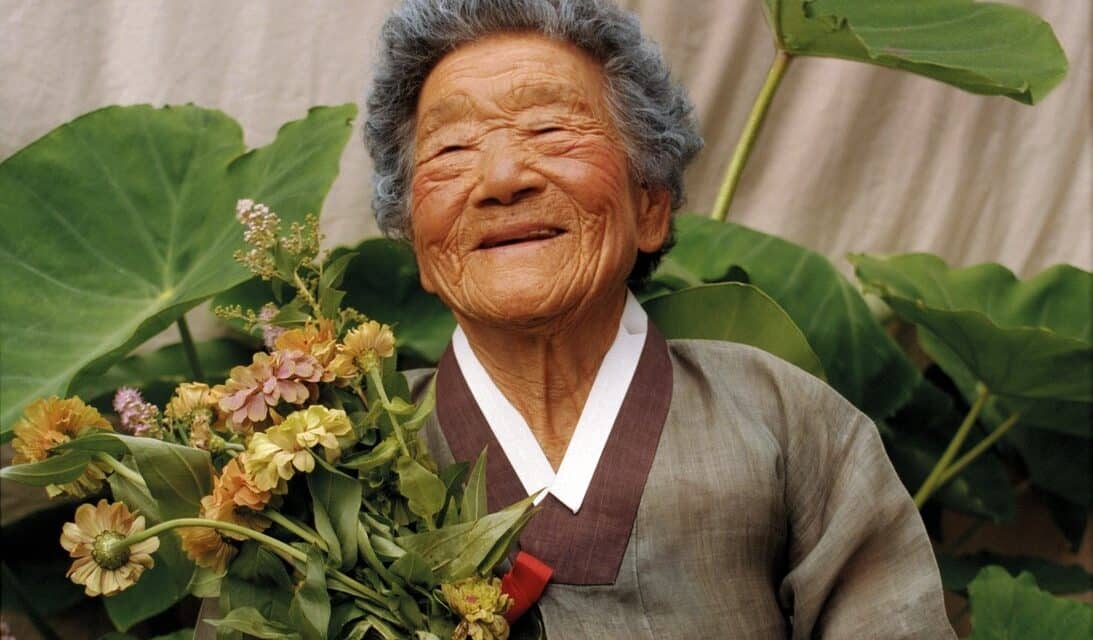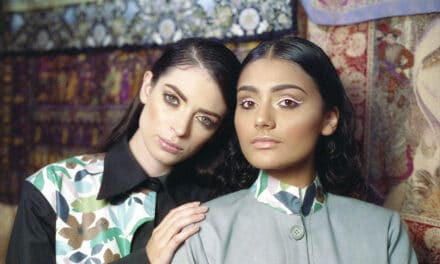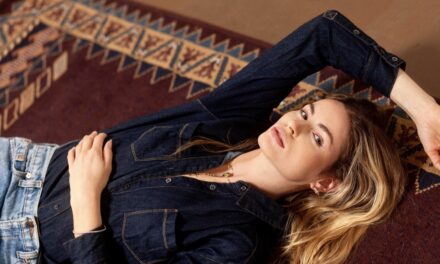The thing about controversial content is that it is always considered controversial for a reason, and the nature of that reason is, by its very definition, indeterminate, unstable, and fluctuating; there is no textbook, no canonical set of agreed principles and norms, the violation of which automatically classifies a given product or idea as “controversial”.
The only judgment criterion that applies here is something we call social acceptance – a concept so vague and so directly dependent on the ever-changing societal circumstances that the line establishing its borders is famously known to be very fine. It then seems only natural to ask, when we find ourselves outraged or intimidated by the content we consume, if it’s the subject matter that shocks us, or is it the fact that the bubble of conformity we live in is simply not often tickled by these kinds of ideas?
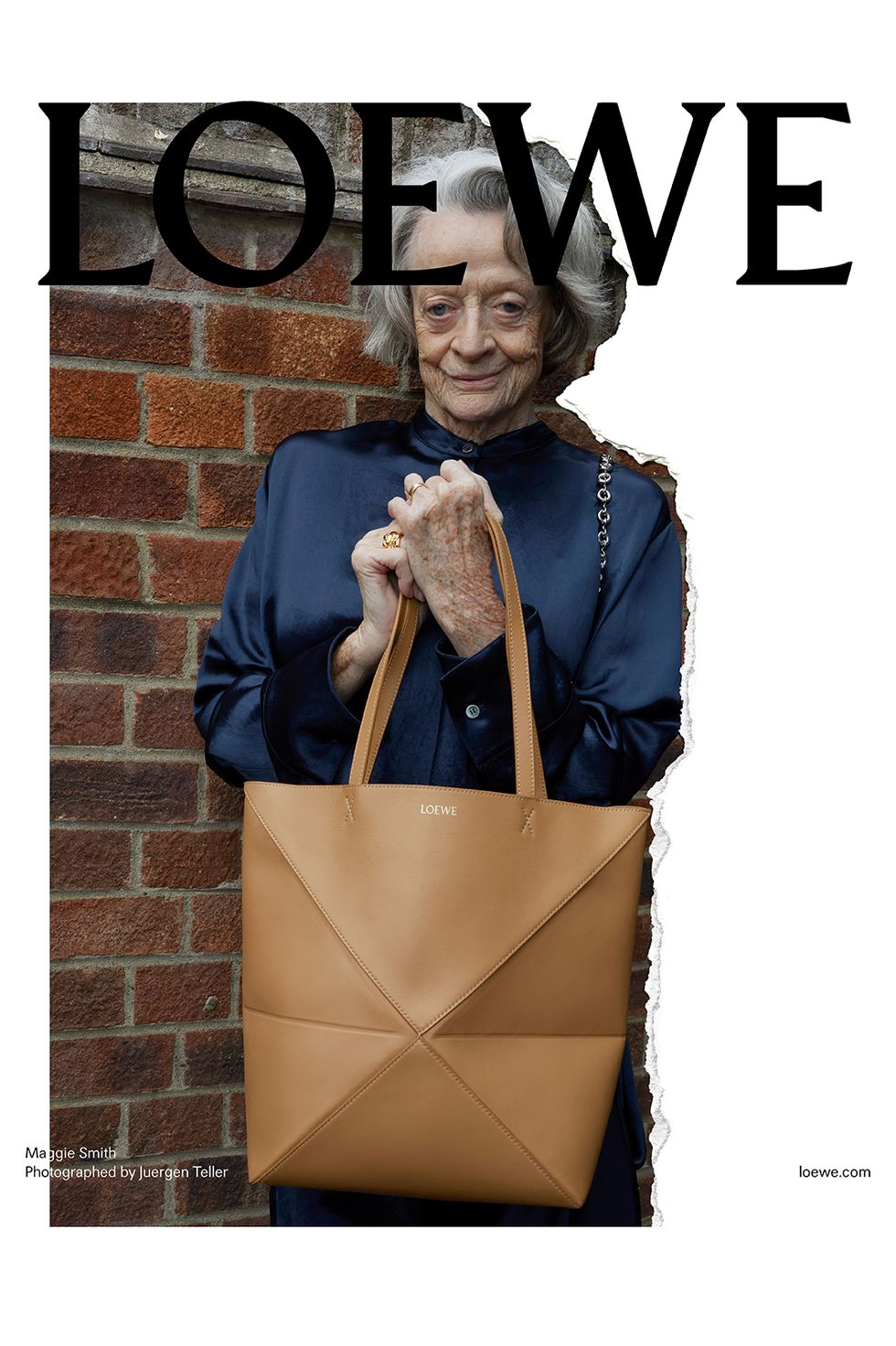
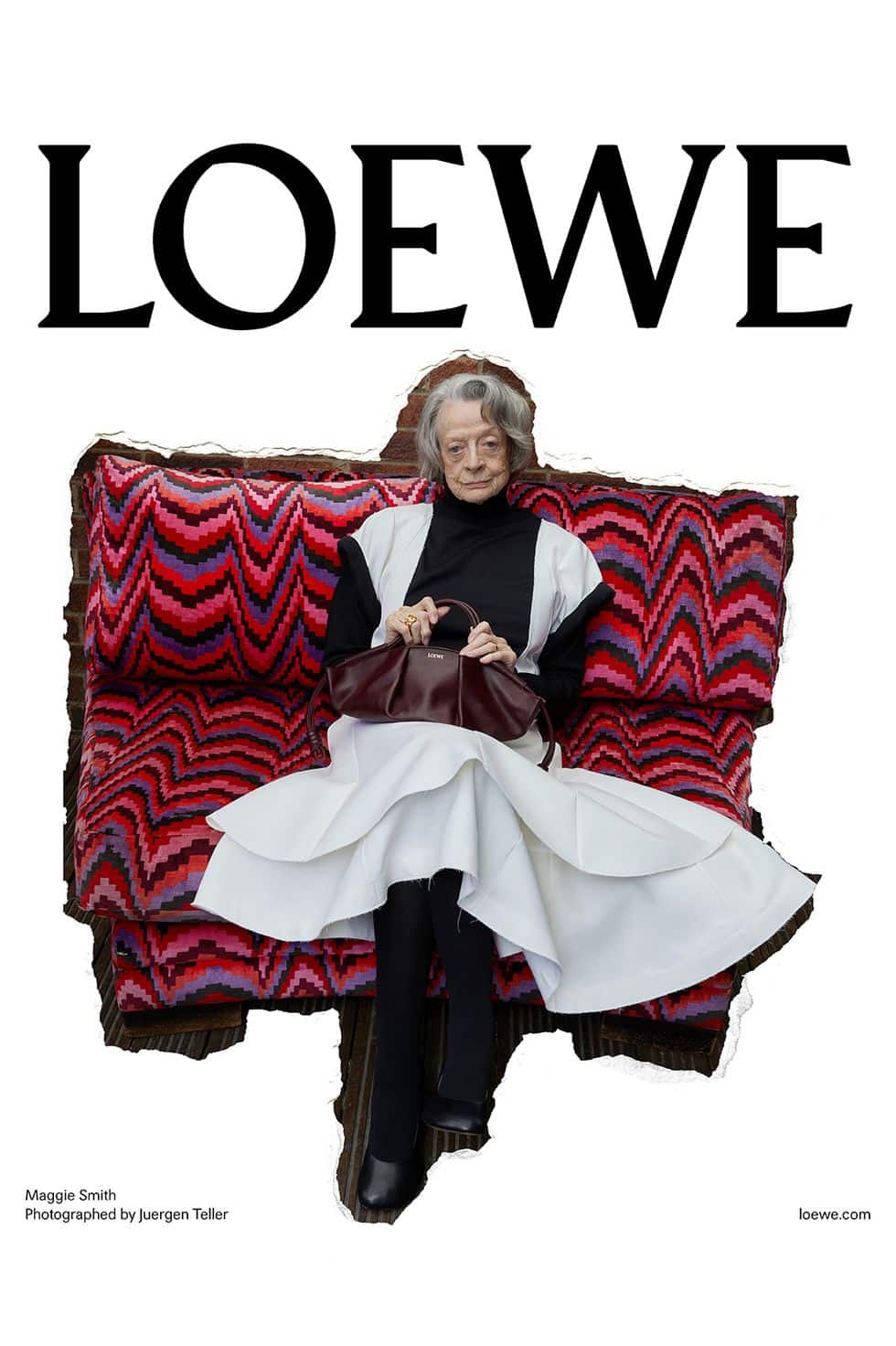
Photography Juergen Teller/Loewe¨
That is the question I decided to delve into when analyzing the recent Loewe campaign featuring Maggie Smith, the release of which immediately entailed a flood of online discourse concerning not only this singular creative decision to include an 88-year-old in a fashion ad but also the general phenomenon of portraying people of certain age in the media. Needless to say, the feedback the brand received for the project was beyond positive: fans went on about how it was “all the fashion world needed”, labeling the campaign “iconic” and “hot”.
Maggie Smith for Loewe is indeed outstanding: posing in three distinguishing outfits, each time holding a different bag, the latter constituting the centerpiece of the picture, she looks chic and nonchalant, her broad smile and honest eyes adding, however, a certain heartwarming appeal to the composition. The whole thing comes across as both natural and professional, without any unnecessary artificiality, no doubt thanks to Smith’s surprisingly excellent modeling skills.
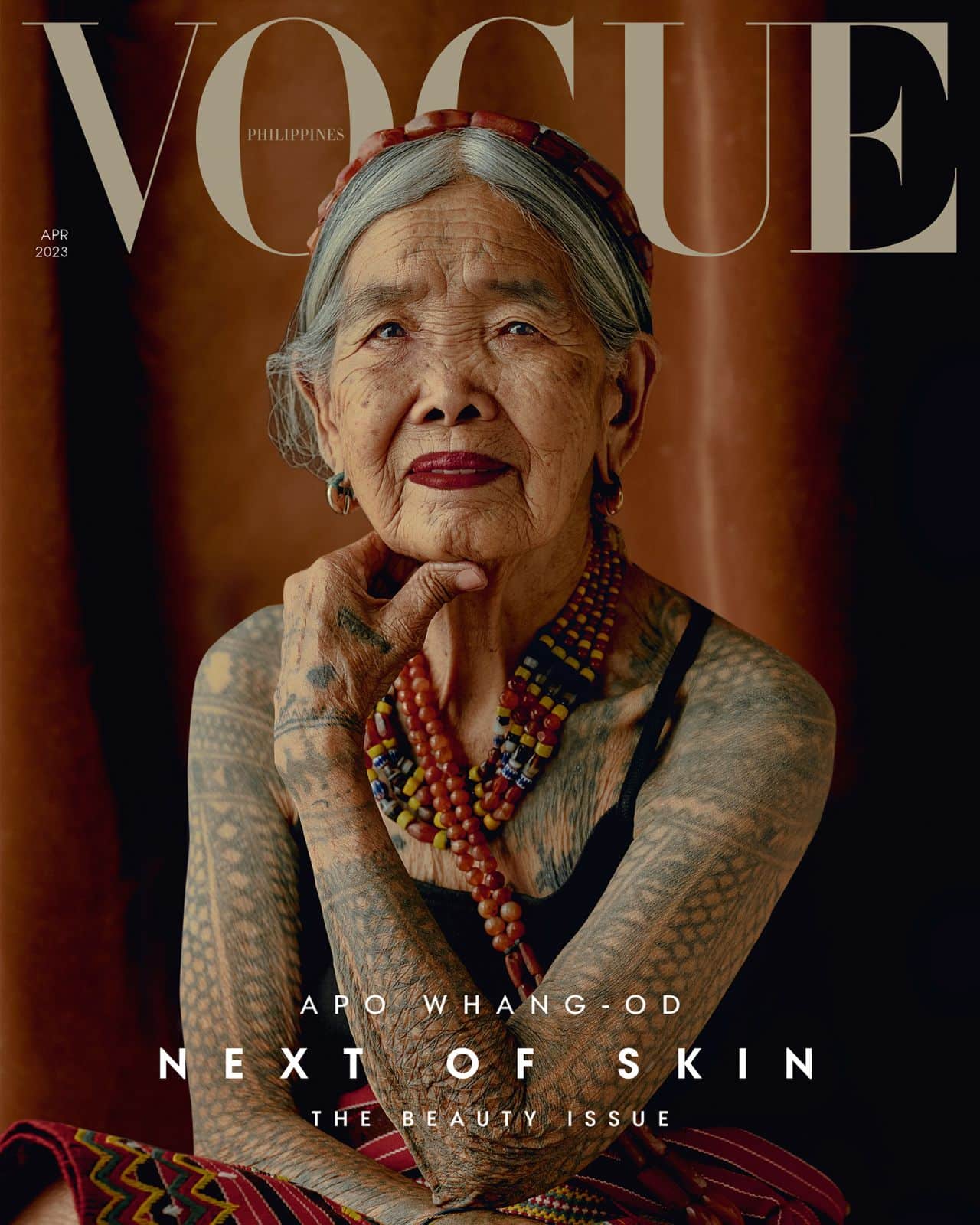
¨Artu Nepomuceno/Vogue Philippines¨
The campaign was instantly compared to another one, the 2015 Joan Didion portrait for Céline. Although the author of the photos was the same, Juergen Teller, it was not his presence in both projects that juxtaposed them so evidently in the online discourse. It’s the central models’ age, paired with their legendary status, that brought them together. Joan Didion, the then-81-year-old icon of American journalism, sits for the high fashion brand, exuding effortless, controlled elegance in a simple yet remarkable look: a black turtleneck sweater and giant sunglasses.
Similarly to the Loewe ad, this one was also met with great enthusiasm from fans, especially considering the release date of the campaign, coinciding with the moment of full Didion renaissance. Céline creative director Phoebe Philo’s decision to include this undeniable icon, whose influence on modern literature is immeasurable, in a fashion undertaking was a smart one: interpreted as a celebration of the entirety of her exceptional persona, not only her intellect, it contributed to perpetuating the Joan Didion legend that was beginning to re-emerge at the time.
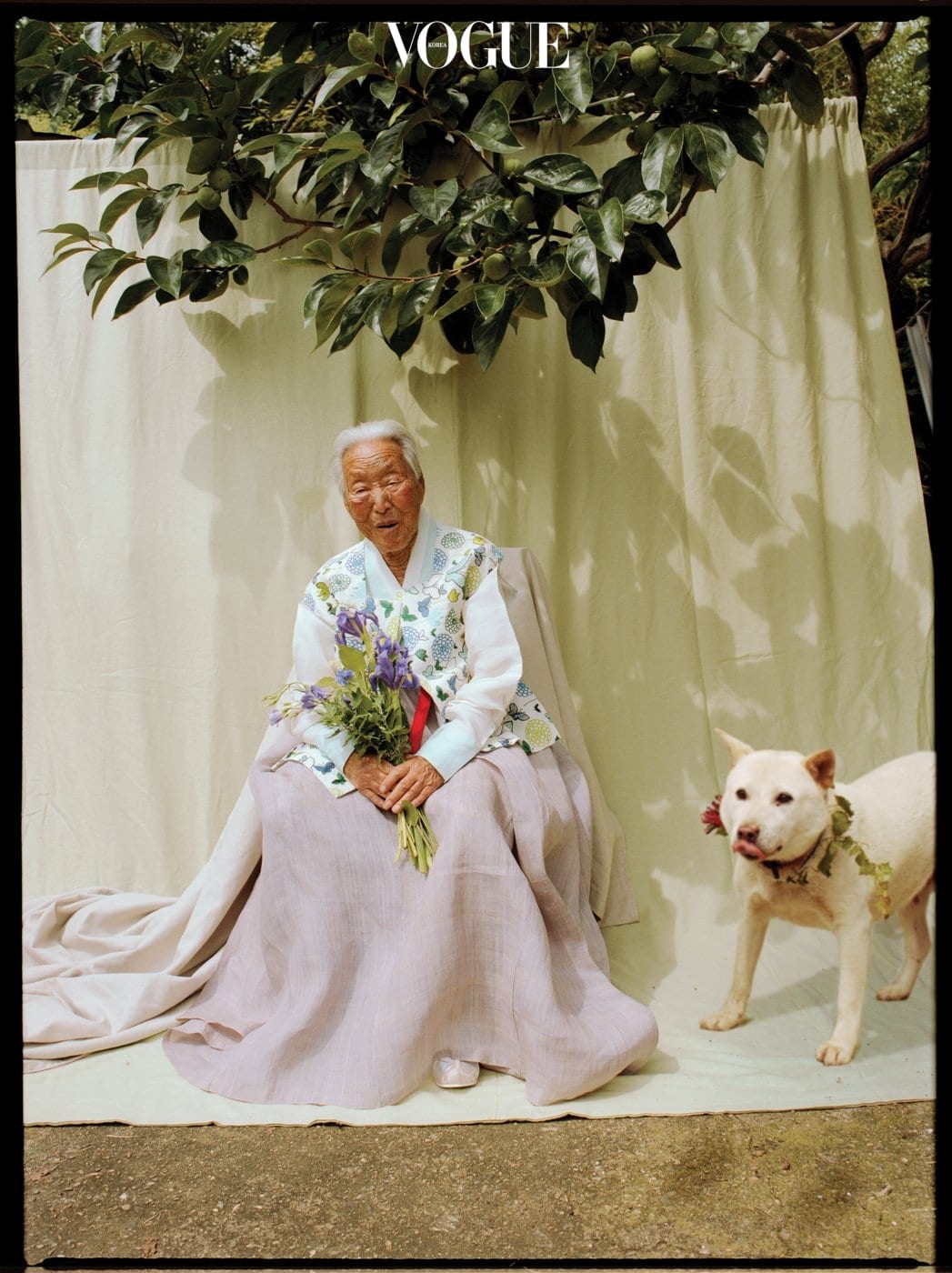

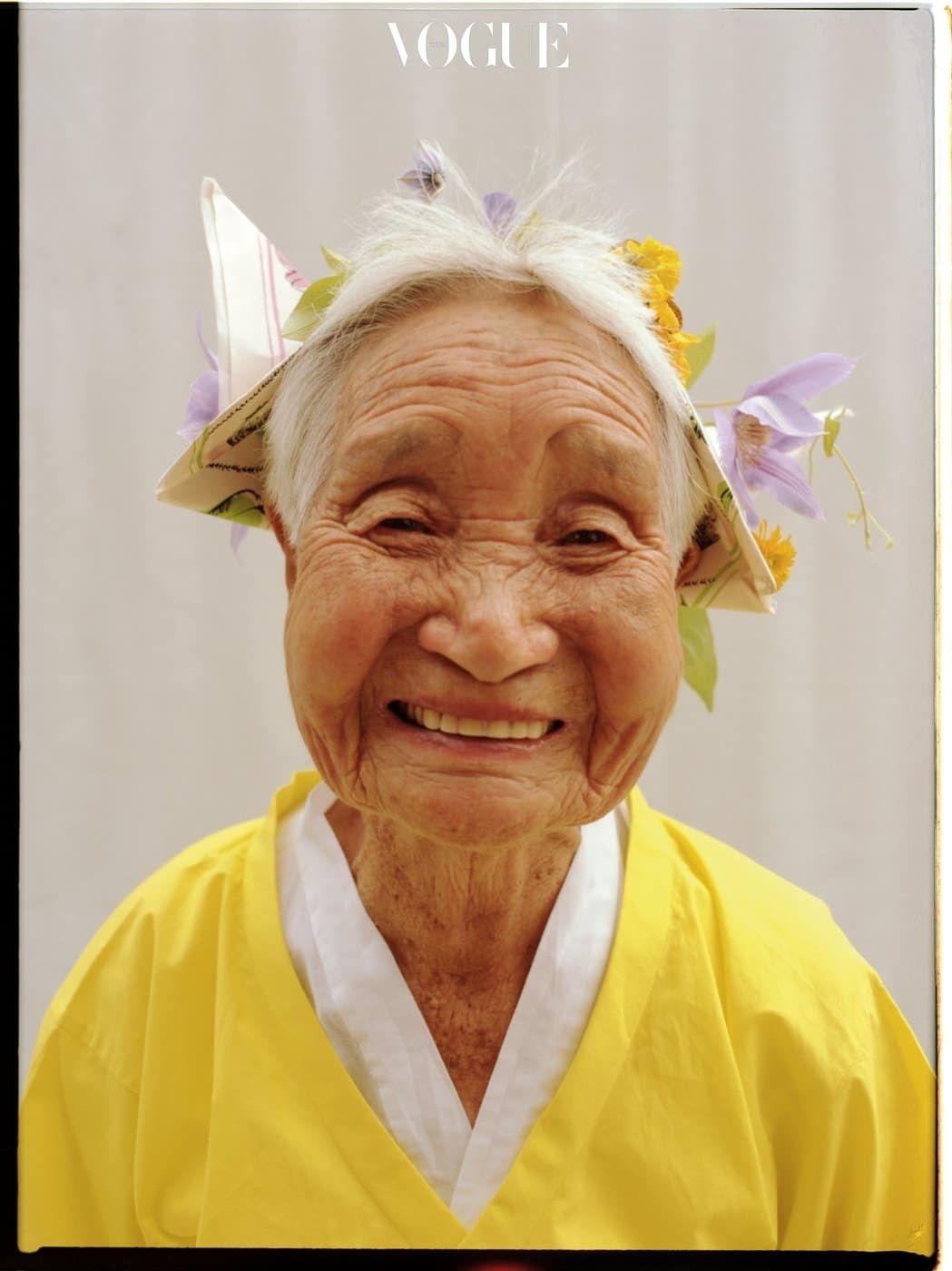
It is interesting to observe how both projects, equally beautiful and memorable, are commented on in the media. Both the press and social platforms covered them thoroughly, and the language around each campaign strikes as very similar: a refreshing idea, casting a surprising figure, sensational, original, etc., all suggesting, and rightly so, that the choice of making an older woman the face of a fashion campaign is not among the most common ones.
Despite Smith and Didion being acknowledged as award-winning, celebrated public figures, their casting is viewed as refreshing and surprising because women of their age are not usually associated with the world of high fashion, not to mention their appearance as a central figure of a campaign. And the fact that they went viral so quickly and with such a positive response only highlights the disproportion between the existing and the desired: the public is openly and evidently thirsty for more representation of this sort.

Joan Didion for Celine
The creators seem to be realizing this growing fatigue with the monotonic firmness of the skin and wrinkle-free faces in the media, as Loewe’s and Céline´s are not the only examples of such projects. In March 2023, the 106-year-old (!) Filipino tattoo artist Apo Whang-Od appeared on the cover of Vogue Philippines, thus breaking the record of the oldest Vogue cover model, until then held by 86-year-old Judi Dench, who starred in the British version of the magazine in 2020.
Also in 2020, again for Vogue, this time the Korean edition, photographer Min Hyunwoo shot an editorial for the September issue, globally titled ”Hope”. The piece featured 100-year-old grandmas wearing hanbok, traditional Korean clothing, smiling and laughing at the camera, surrounded by plants or holding flowers.
This bright, colorful project indeed inspired hope, as it depicted beauty in its purest state – natural, ageless, and, more importantly, unrelated to any big name, huge amount of money, or glamorous fashion business. Hyunwoo shared the photos composing the editorial on his Instagram account, which contributed to their globalization. The unsurprisingly optimistic, international feedback he received described the project as wholesome and, once again, refreshing.
It’s worth noting that the aforementioned examples were not difficult to find: they are, in a way, interconnected, always compared to one another, all widely discussed, and causing high enthusiasm in the online community. And above all, they are few. This brings us back to the initial issue of controversy and its reasons: is the representation of older women even controversial, is it socially desired in increased intensity, or is it only briefly exciting specifically due to its infrequency?
As far as the first question goes, the fervent reaction of the public may prove the contrary, as typically controversial materials tend to face at least partial backlash from the recipients. The strong eagerness of the audience towards all of those publications leads to the conclusion that this type of content is, yes, shocking (which is not surprising anyway, given the small number of cases to name), therefore still slightly controversial, but it is also very much wished for.
Were the representation of older women in the media more recurrent, its presence in the sphere of social acceptance would not be questioned and would then not be subject to the kind of discussion we are witnessing right now. That being the case, maybe we would be able to comment on fashion campaigns featuring 80-year-olds without necessarily calling them refreshing. Maybe soon we will.

